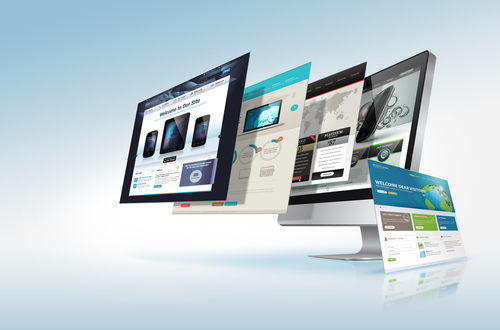A highly successful entrepreneur friend of mine once said ‘Good business doesn’t have to be about doing something different to everyone else, just doing it better’.
These days the web is a very busy place to do business. Gone are the days when wide-eyed internet greenhorns would weigh up an online purchase in the same way they would a possible international emigration. These days we buy everything from fruit and veg to Ferraris online and, with more buyers have swarmed plenty of eager sellers.
It can therefore be very hard to be heard amongst the noise. I SAID IT CAN BE HARD TO… So how can organisations properly engage with online consumers, who are spoilt for choice and highly impatient, for long enough to prove their worth doing business with?
Understand who you’re talking to
You undoubtedly speak differently, both in content and intonation, while with your bank manager than with your four-year-old nephew. In life, we instinctively tailor our conversation to the person in front of us and so it should be for how we approach the content for a website.
While obviously there will always be variations in the types of people visiting an online business, understanding who your core customer is and tailoring content to appeal to them more directly, is highly worthwhile. When writing with a particular type of person in mind, content will commonly resonate far more clearly and engage that core customer more quickly.
Obviously, this is contingent on understanding that…
Not everyone is a good writer
Writing engaging content is a skill and shouldn’t be left to whoever in the company happens to have a free afternoon. You wouldn’t let just anyone do the company accounts so don’t let just anyone set the tone of your organisation for everyone visiting your website.
If you consider any of the most iconic and memorable brands – think Audi, Virgin, Apple – the words they use, in every aspect of their marketing, are profoundly important in creating desirability of their brand, and ensuring that people continually aspire to use their products or services.
Do for others as you would have them do for you
Before writing content or commissioning someone else to do it for you, it’s worth familiarising yourself with what works for you and what doesn’t. Trawl websites. Start with your competitors. See which engage you and inspire you to keep reading and which instantly have your eyes and cursor darting for the exit. Chances are, those viewing your website will have similar sensibilities to you in how they like to (and subconsciously, automatically) assimilate information.
Break up blocks of text with subheadings or bullet lists
- Don’t use ten words when four will do.
- Where possible, use great images to illustrate points rather than relying on text.
- Put the most important information in a Z pattern on a page as this is how people naturally scan pages.
- Google search ‘Psychology in Web Design’ and you’ll have an insight into what people naturally respond to and, importantly, what they don’t.
Don’t be a jargonator
Even though there may well be perceived synergistic risk-management optimisation within the scope of your high-level product amalgamation – keep that to yourself and try to keep things readable for the uninitiated.
Tantalise
You know that thing when you’re buying your grandmother flowers and renewing your amnesty international membership and you suddenly get absorbed into a newspaper headline about Prince Harry in Vegas? Headlines can be powerful and, while selling ‘shock’ might not be appropriate for the business, remembering to make key titles and statements catchy can make the difference between getting to tell your story to a new customer and waving them goodbye.
Just say what you want
Whether the fundamental goal of a business website is to sell products or have visitors subscribe to a company newsletter or blog, every element of the website must be made to reinforce this message and persuade them to take action, addressing any objections they might have to doing so.
Successful web content encourages a visitor to take the next step in the process of doing business with your company. Always make sure it is crystal clear what that next step is and make it easy for visitors to take it.





